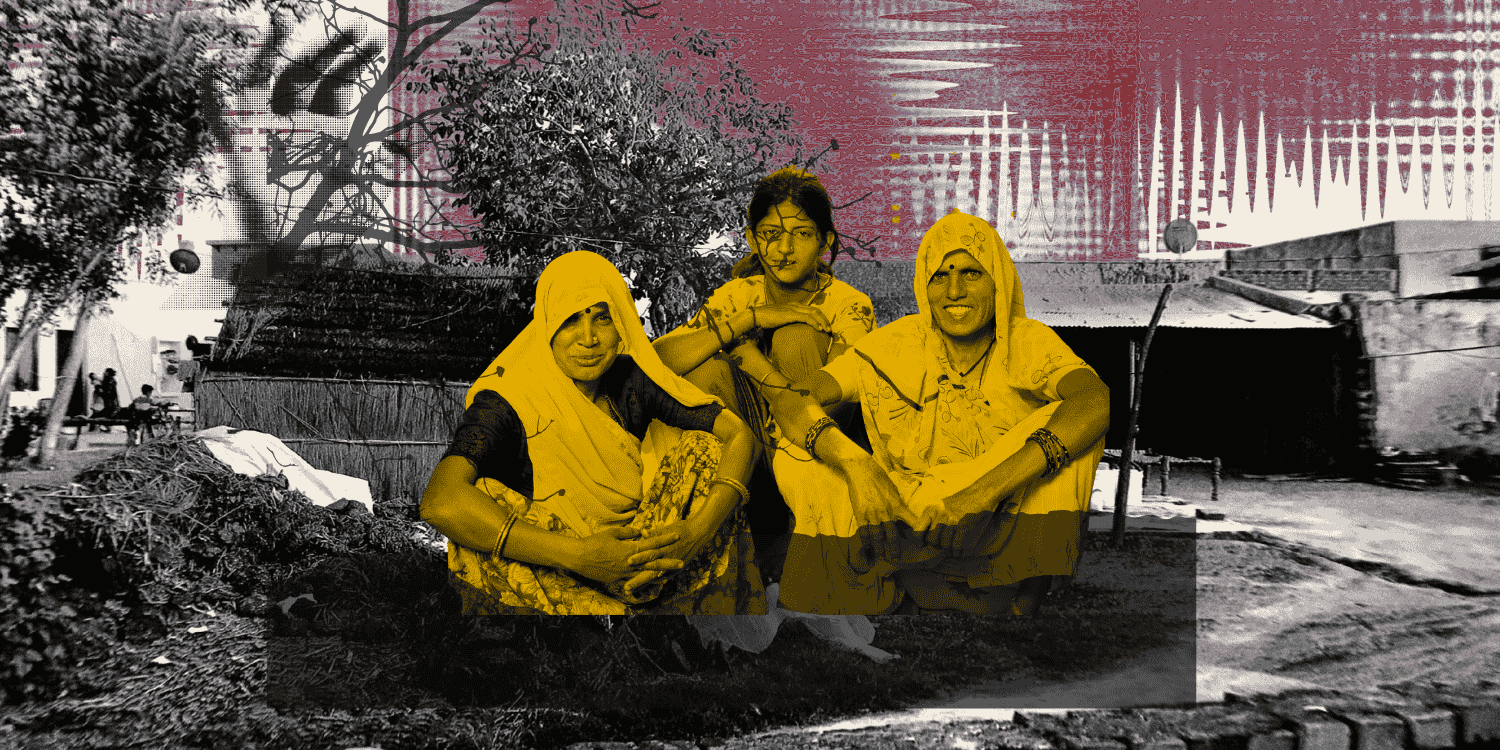ABSTRACT
Every year, the national focus on the country’s budget misses taking into account the release of the individual states budgets. In light of the recent state budget releases and the 15th Finance Commission’s recommendations, this issue-brief analyses which sectors face budget cuts and how they impact state growth. It also becomes important with the ongoing pandemic to evaluate how state shortages must be met and whether the shortages merit any changes in policies.
Keywords: Finance Commission, fiscal target, revenue receipts, capital expenditure
INTRODUCTION
In October 2020, the XV Finance Commission [FC] released the interim report for the distribution of taxes between the centre and the states for the years 2021-26. The rising concern amongst the southern states stems from the criteria used to devolve the revenues amongst these states (Daniyal 2020). This concern comes at a time when most states are facing revenue shortages and are struggling to generate employment and meet their fiscal targets due to the negative economic growth of the country (Howindialives 2020).
The annual financial statements of the estimated receipts and expenditures laid in every state by the Governor, as per Article 202 of the Constitution of India, can be used to analyse the position of state finances (Constitution of India 2020: 205).
State budgets have been facing shortfalls in their revenue amidst a widening deficit gap since before the pandemic (XV Finance Commission 2020a). With the ongoing pandemic, states have witnessed significant cuts in their share of the central taxes. This comes after a 24.5% contraction in the collection of both tax and non-tax revenues in the first six months of the fiscal year 2020 (FE Online 2020). Conditions worsened for the north-eastern states of Mizoram, Nagaland, Manipur, and Arunachal Pradesh. They failed to raise even 11% of the total revenue from their own revenue sources (XV Finance Commission 2020b). The shortfalls in revenue have led to cuts in overall expenditure and have affected the country’s GDP growth.
Amidst this, the share of tied funds grants-in-aid was increased from 11.97% to 19.65% as per the 15th FC’s recommendations (Paul and Irava 2021). The states exercise lesser fiscal autonomy in allocating these tied funds to various sectors. Since all the states, put together, have higher spending than the centre, it becomes important to analyse the state budgets and the steps taken to meet the fiscal targets set up by states.
This issue brief discusses the status of revenue collection in the Indian states in recent years. The paper also evaluates the impact of Covid-19 on the states’ revenue. While further analysing the status of secondary sources of funds for the states, such as from FC and market borrowings, and their ability to meet the states’ demand.




